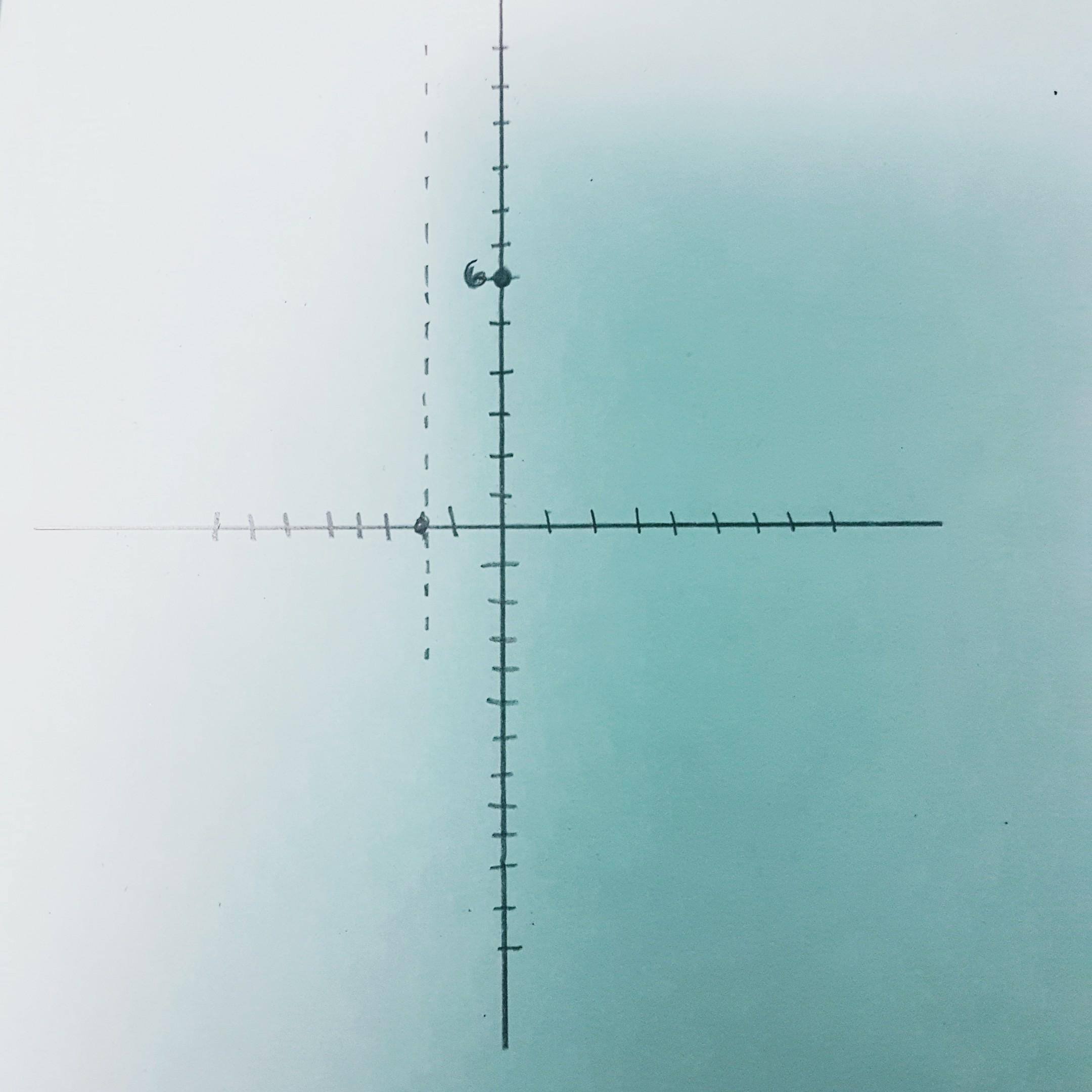One thing I’ve learned this week is about multiplying rational expressions.
It doesn’t really need a lot of explanation as it’s just your simple multiplying of fractions, however with variables this time.
Let’s have a recap:
We just multiply straight across, but remember we need to simplify our answer.
20/40 = 1/2
But we can also do it this way:

It’s like prime factorization method. So, you take out all of the prime factors, then just cancel out. Well, that’s exactly what we’re going to do! But let’s add variables to the fun.

So we have this not-so-pretty looking fractions and we might be thinking, how do we solve that?!
Well, I got good news! They’re pretty easy to solve as long as you’re good at factoring!
So first, factor everything.

Now that you’ve factored everything, just cancel out same factors, just like what we did earlier in that simple fraction.

Next – don’t forget about this! Remember the rule that you cannot have a zero on your denominator? This also applies to this! So, after everything’s factored out, calculate the values of x (or other variables) that will result the denominator to equal zero.

Now you’re done!
If you’re wondering ‘couldn’t we have just cancel numbers out before we factor’? Take note that if numbers have +/- between them, they’re called terms and you cannot cancel them. So we factor them so we can get factors, which has multiplication sign between them.
YOU CAN NOT CANCEL TERMS
YOU CAN ONLY CANCEL FACTORS!
 (https://www.varsitytutors.com/hotmath/hotmath_help/topics/quadrants)
(https://www.varsitytutors.com/hotmath/hotmath_help/topics/quadrants)



